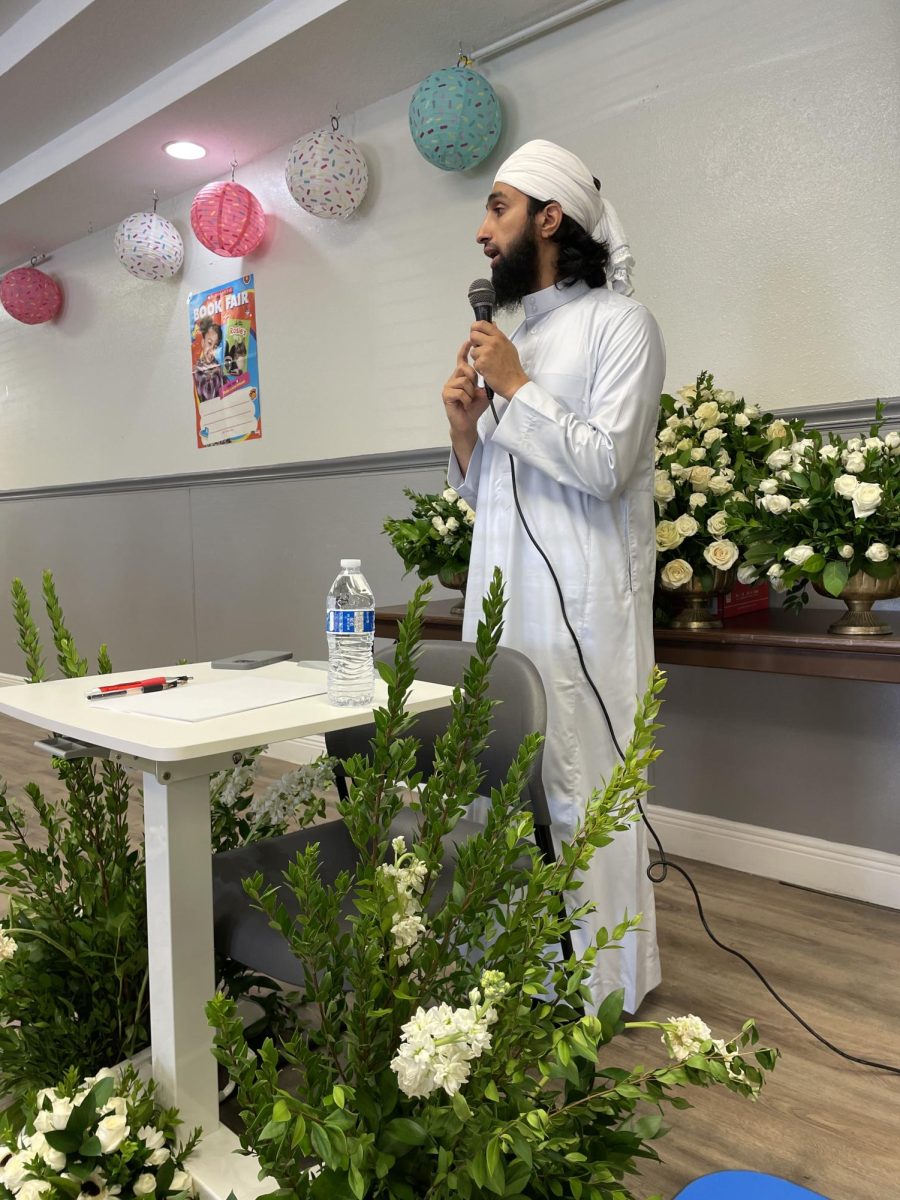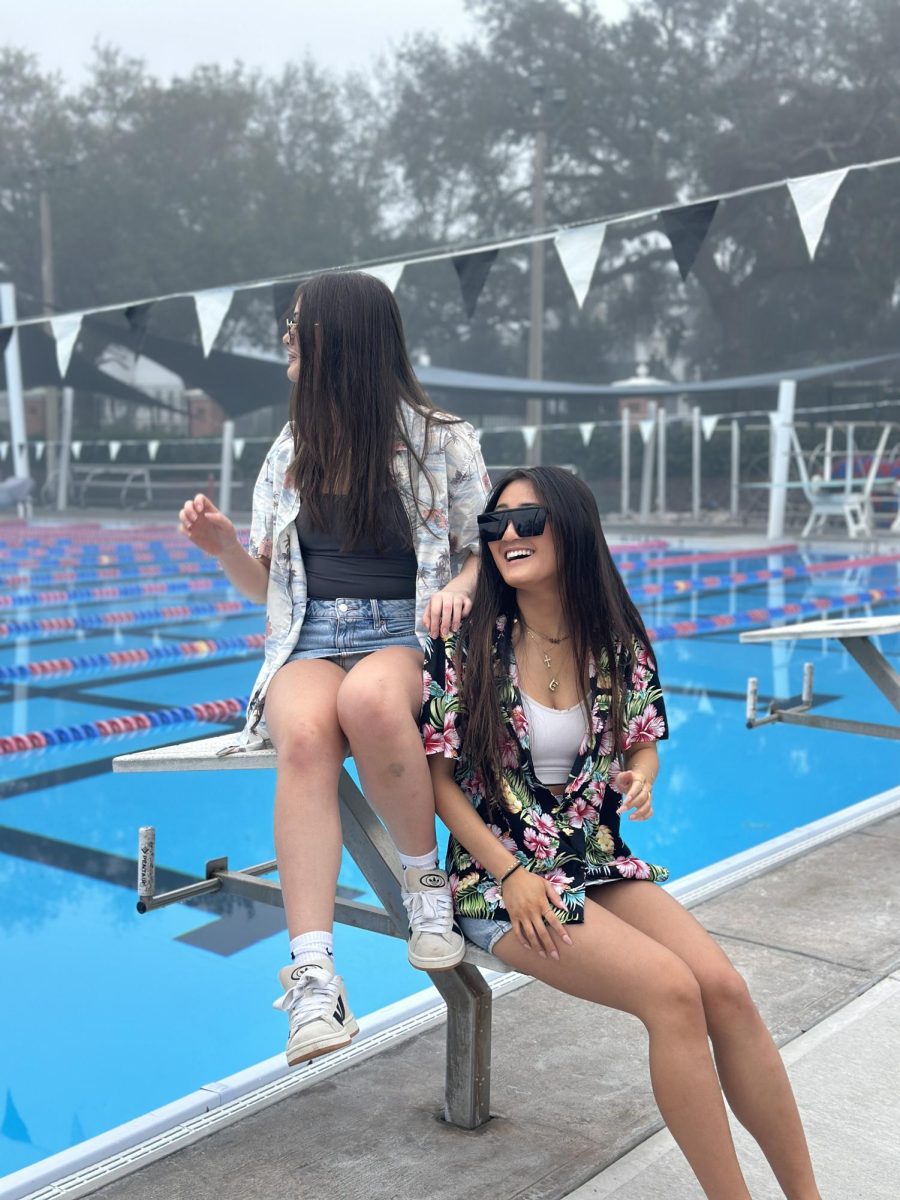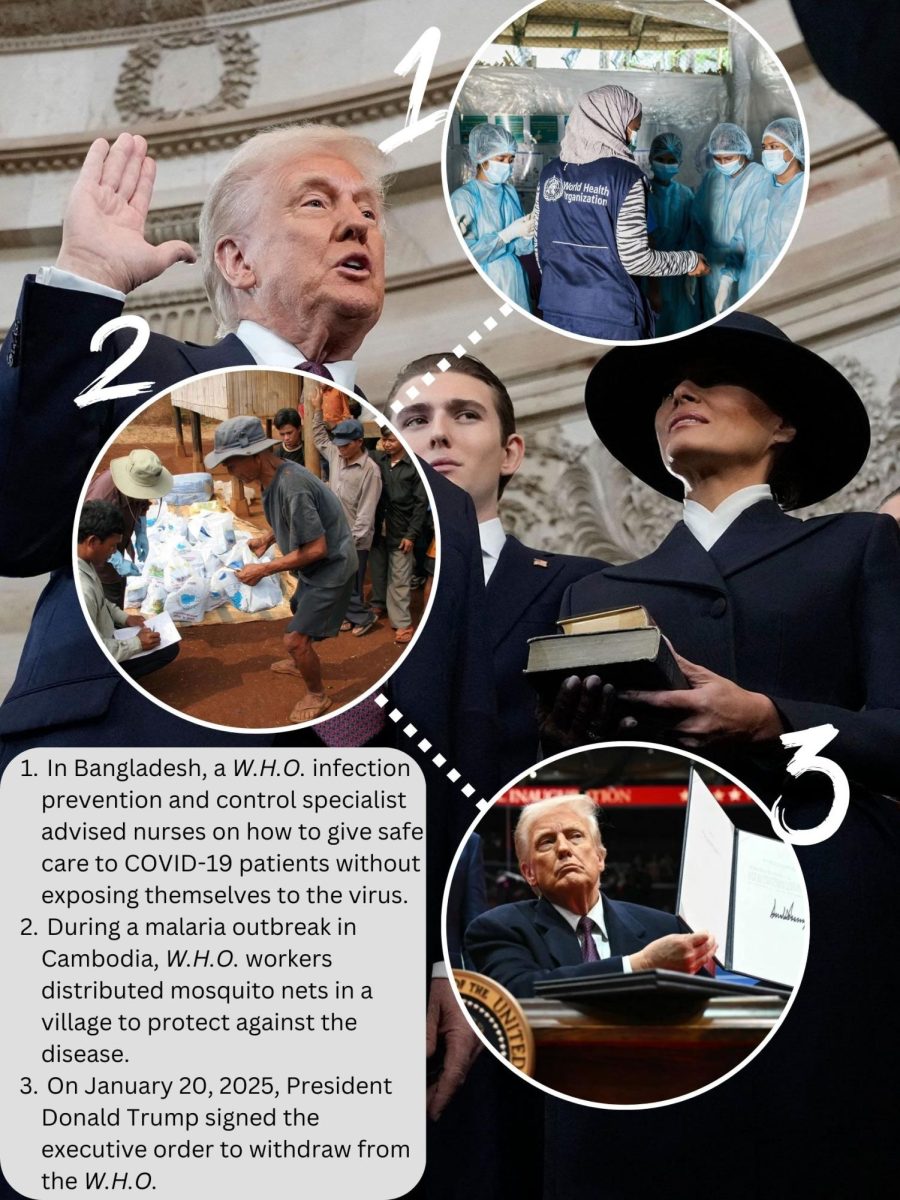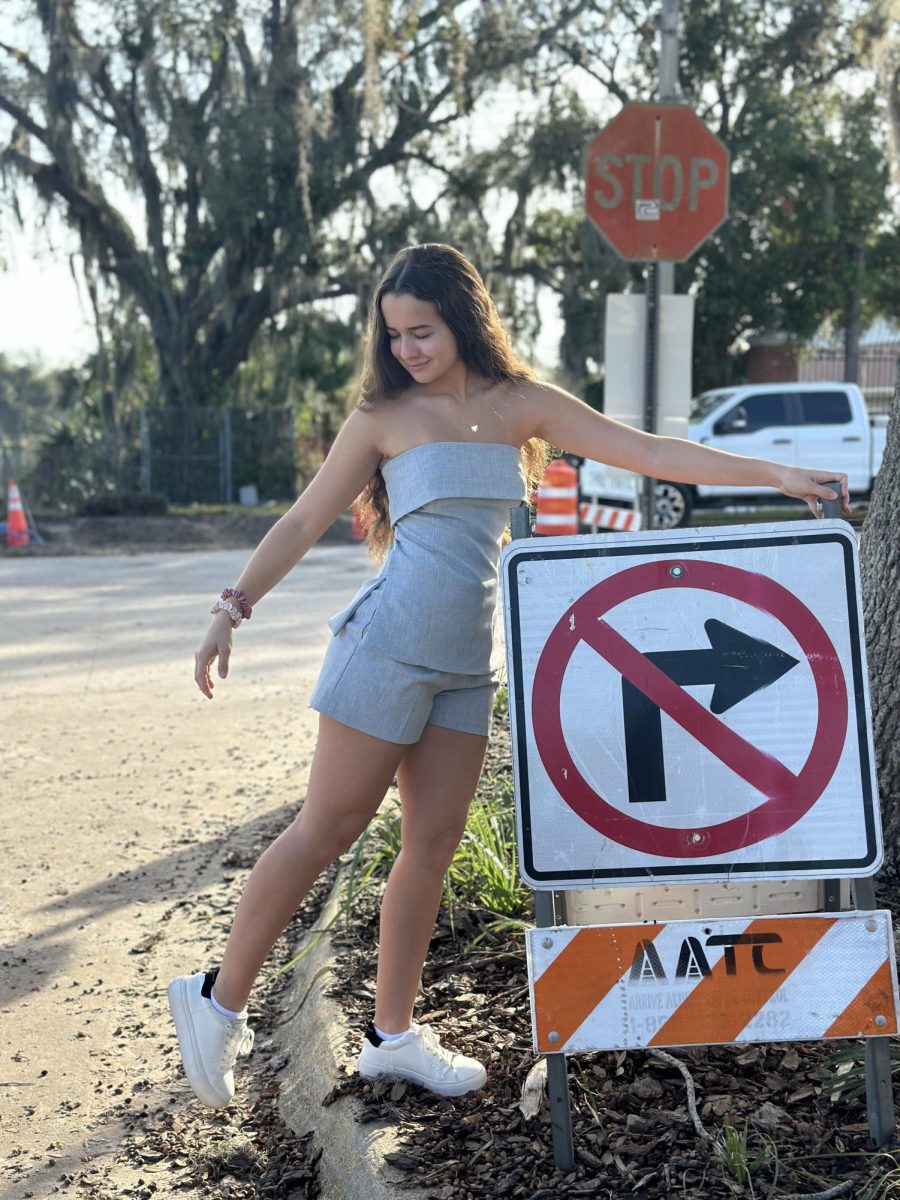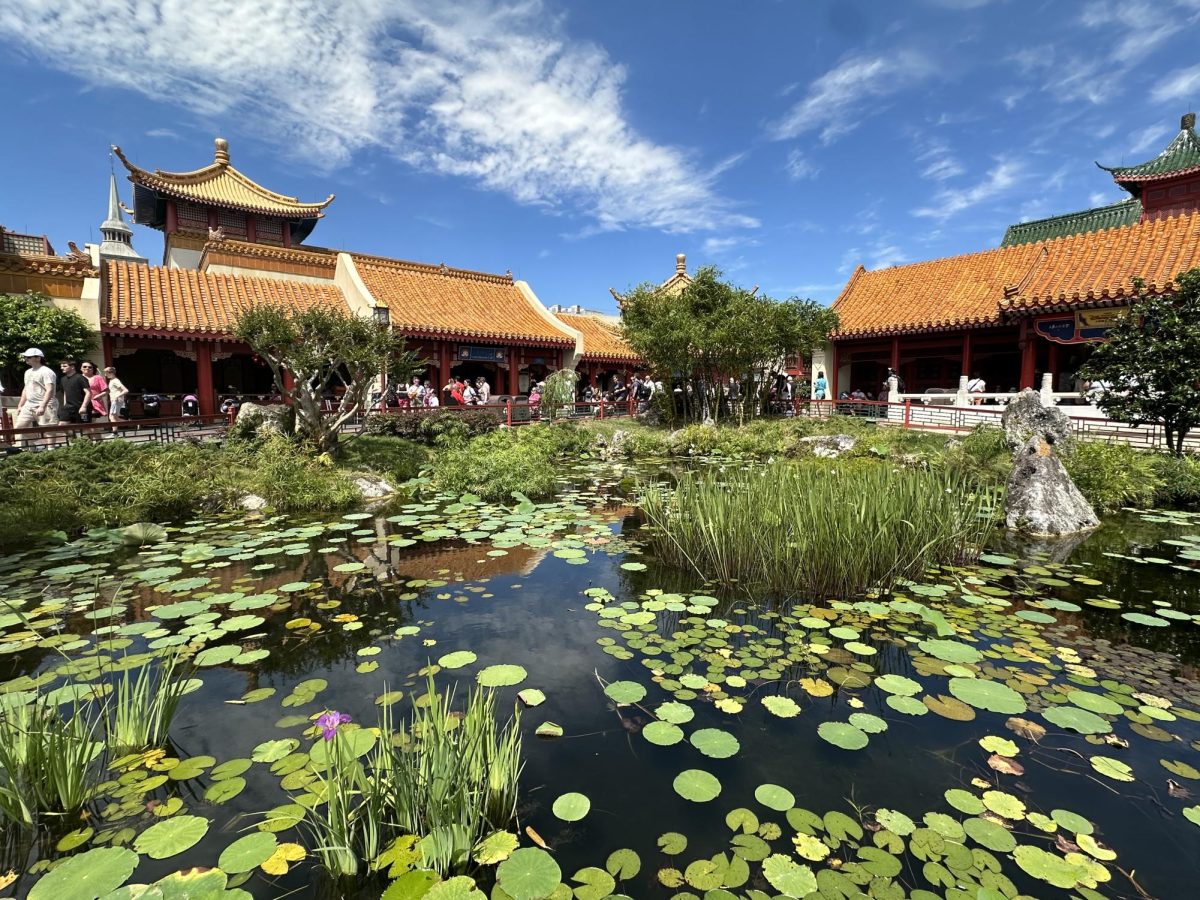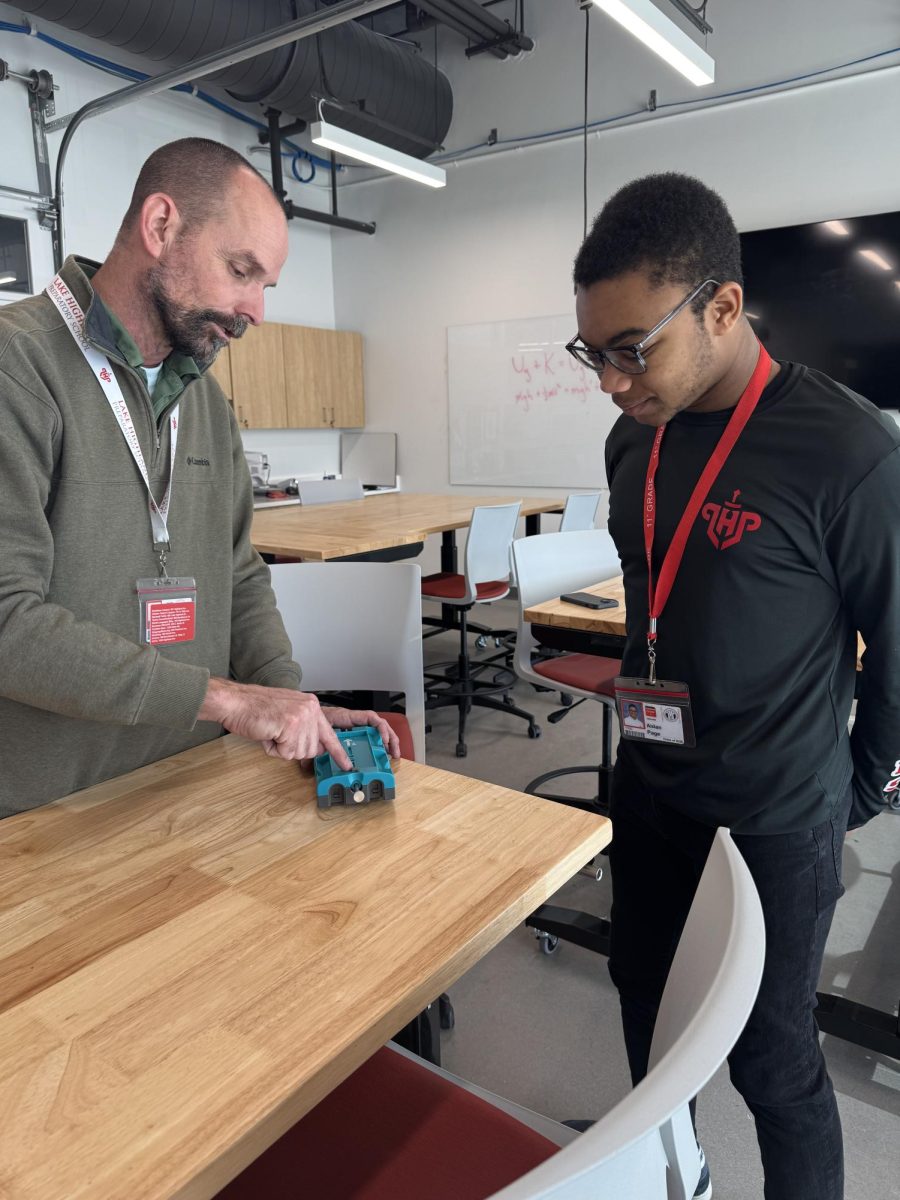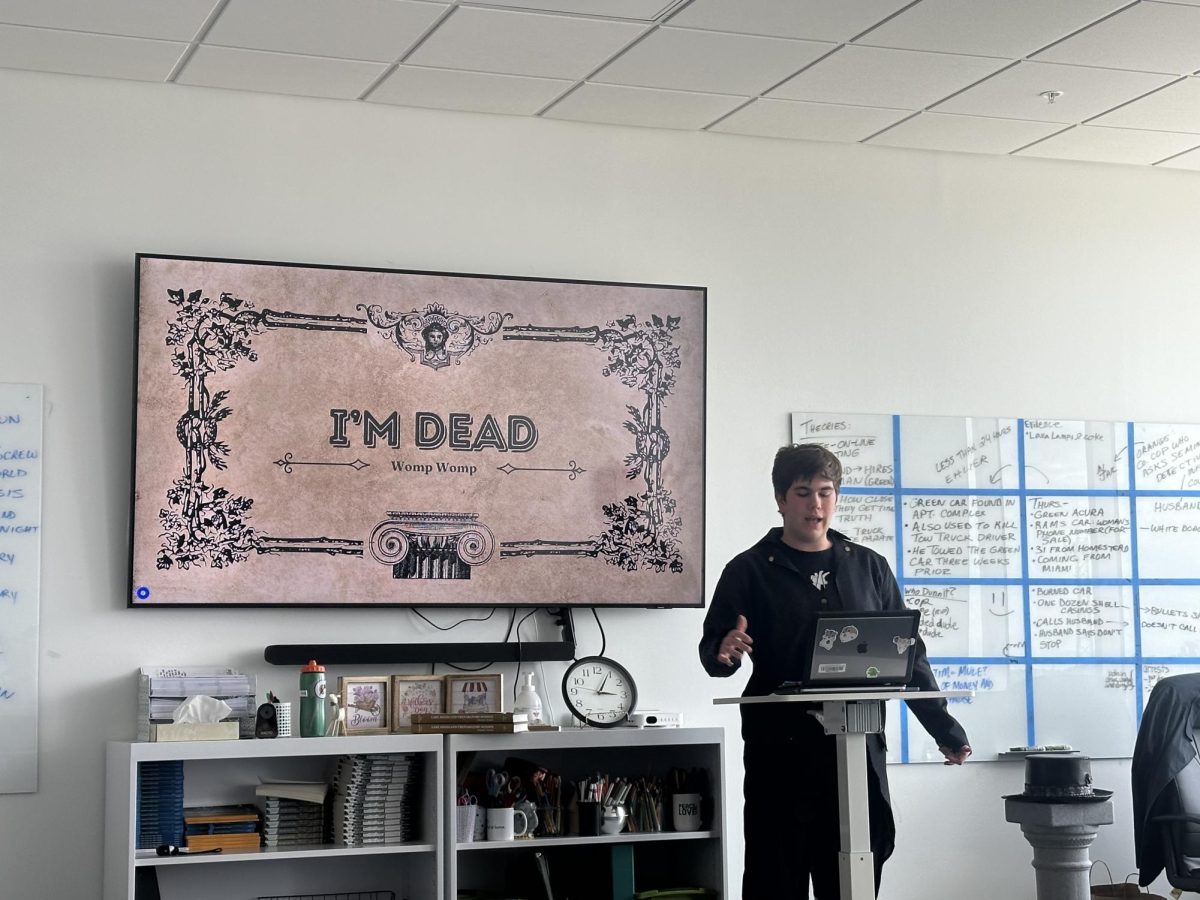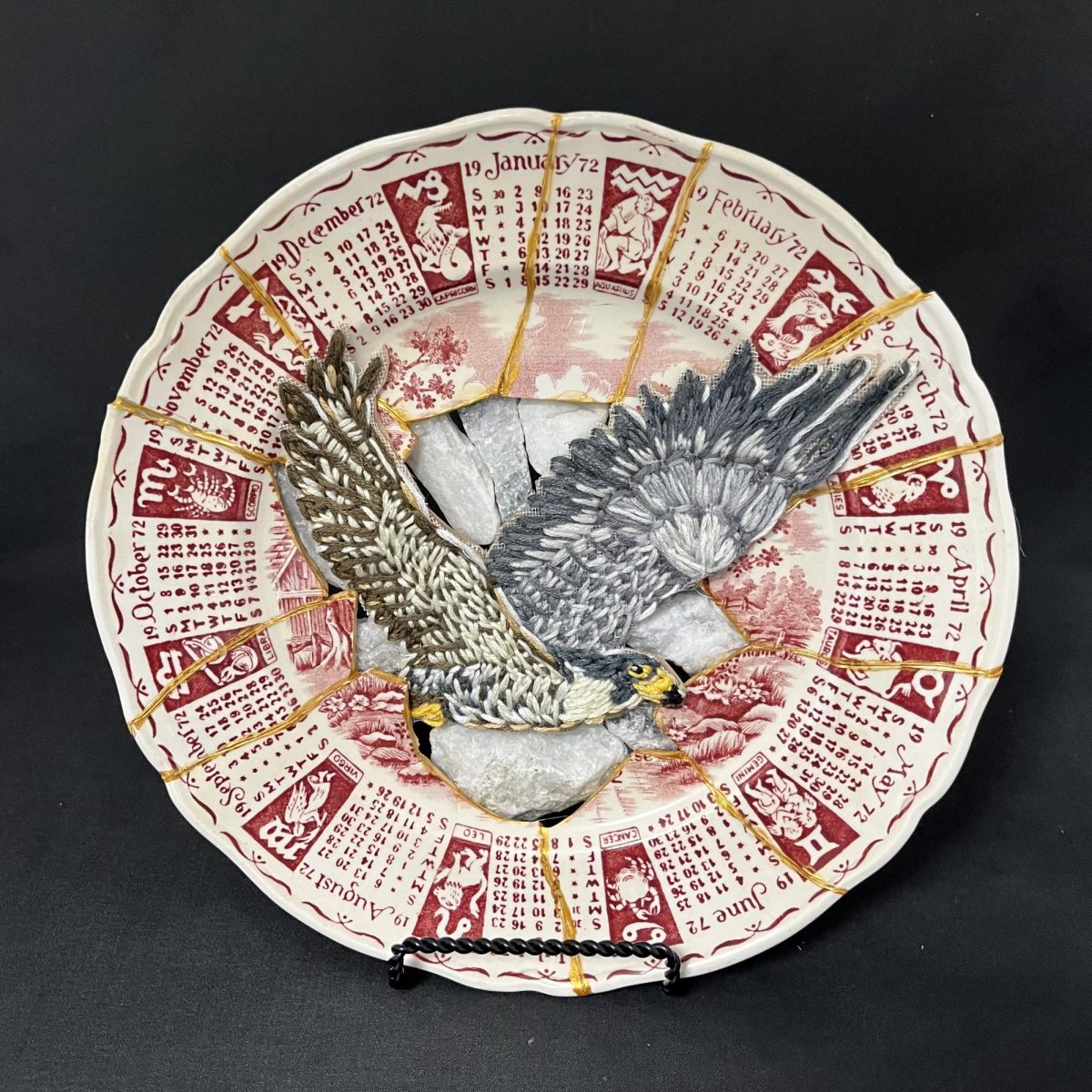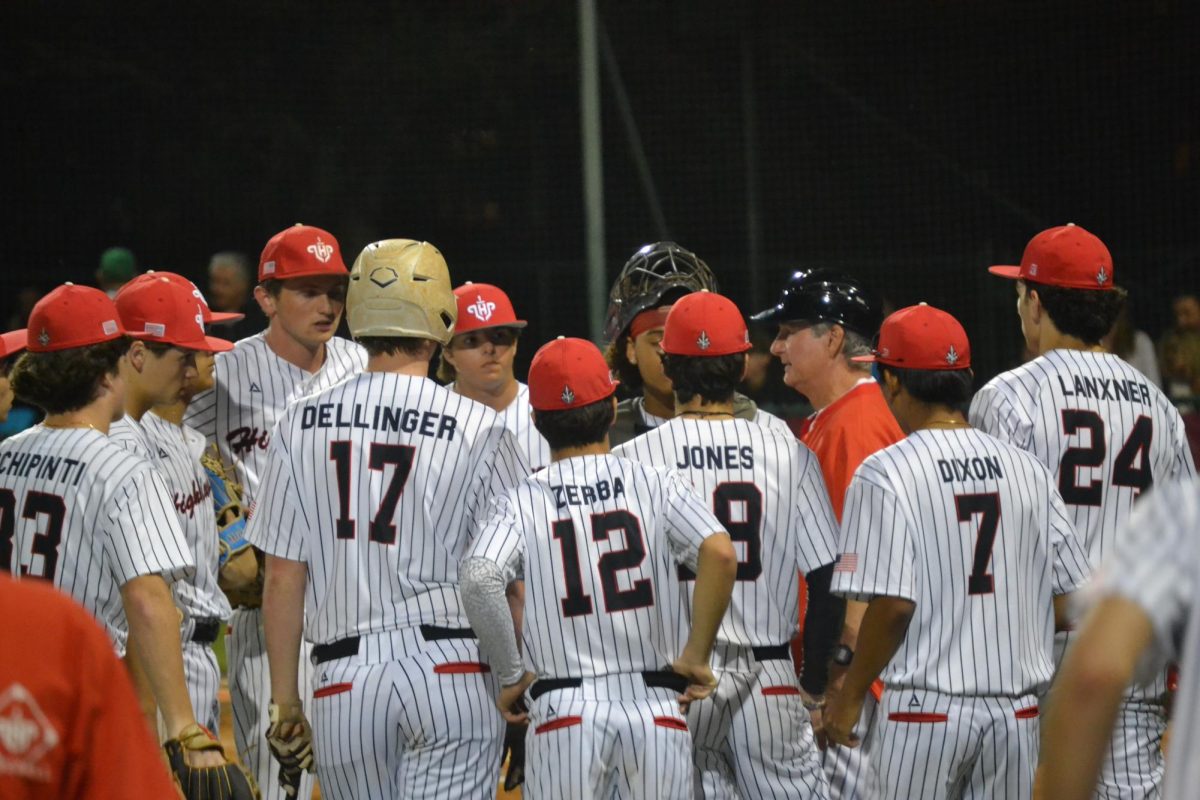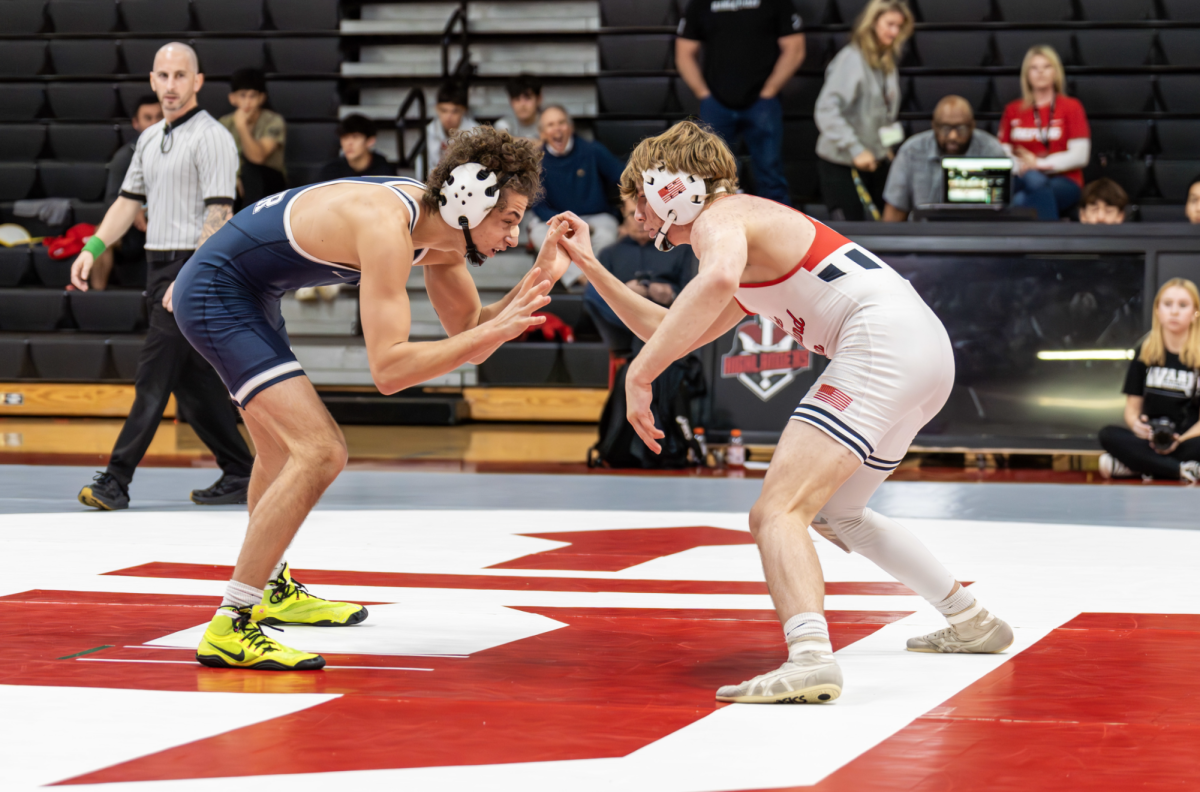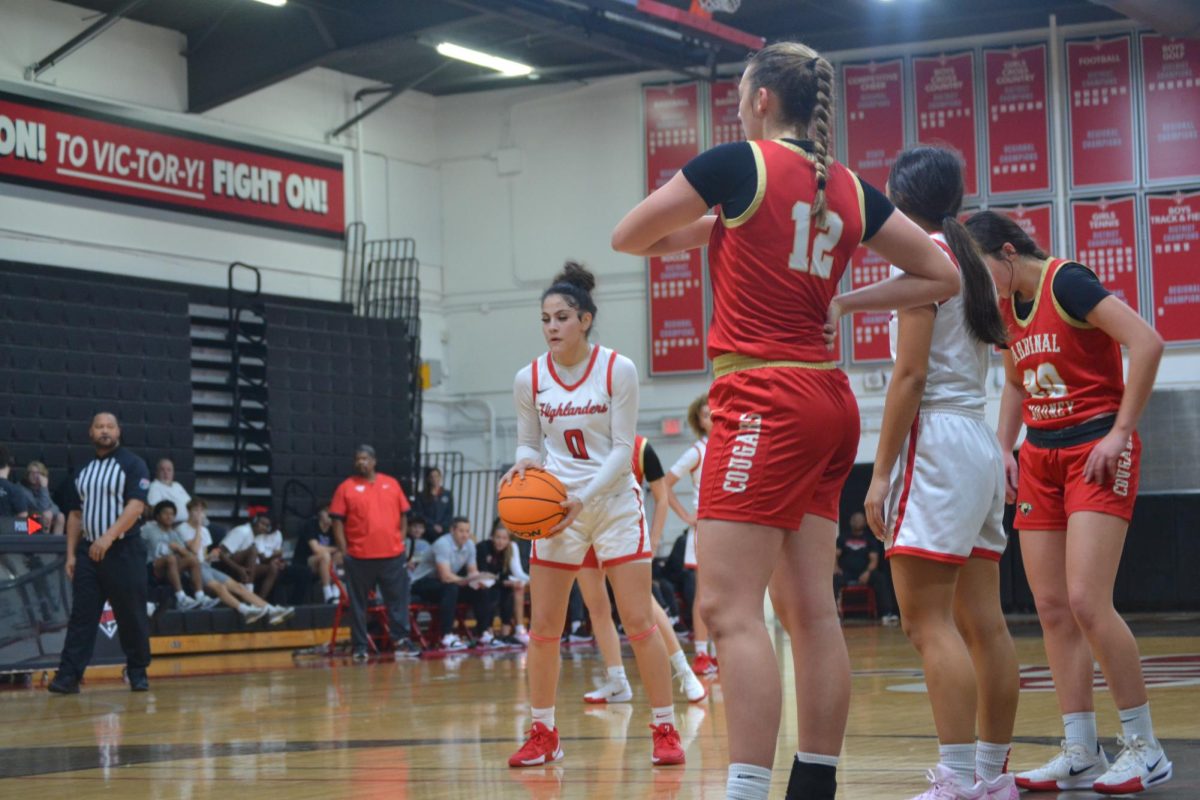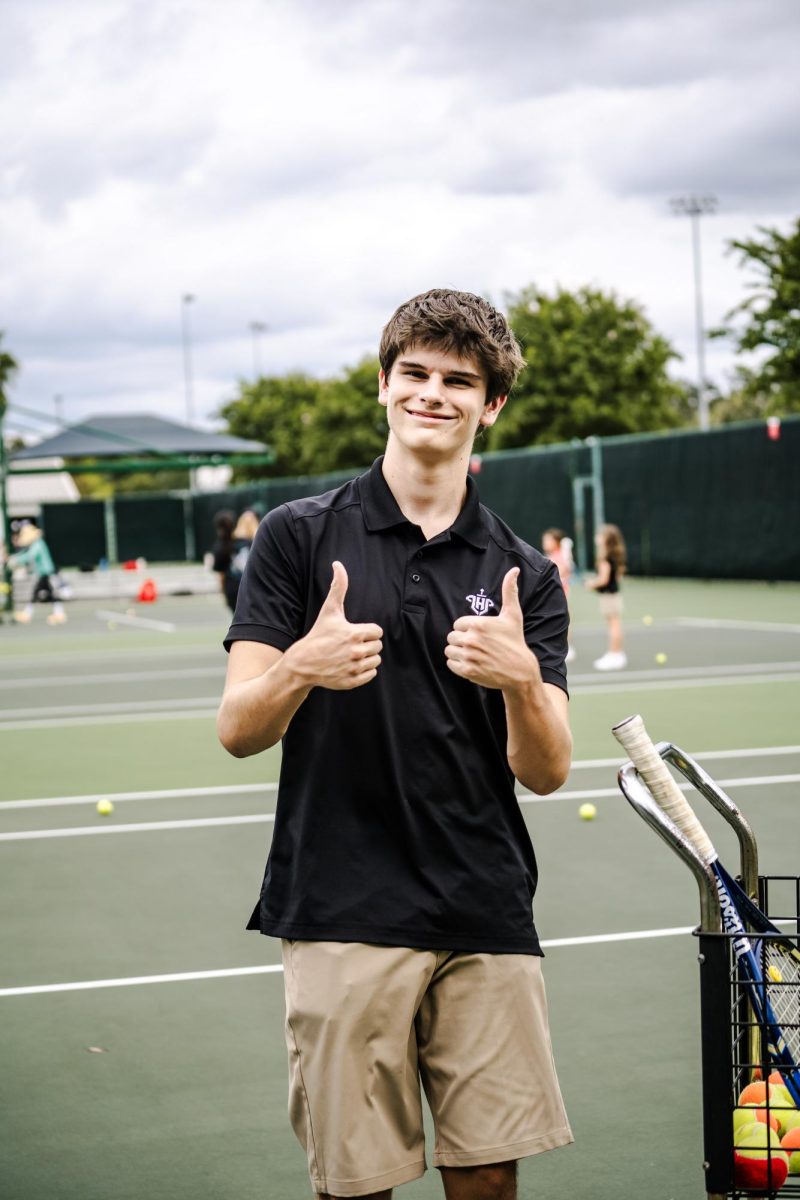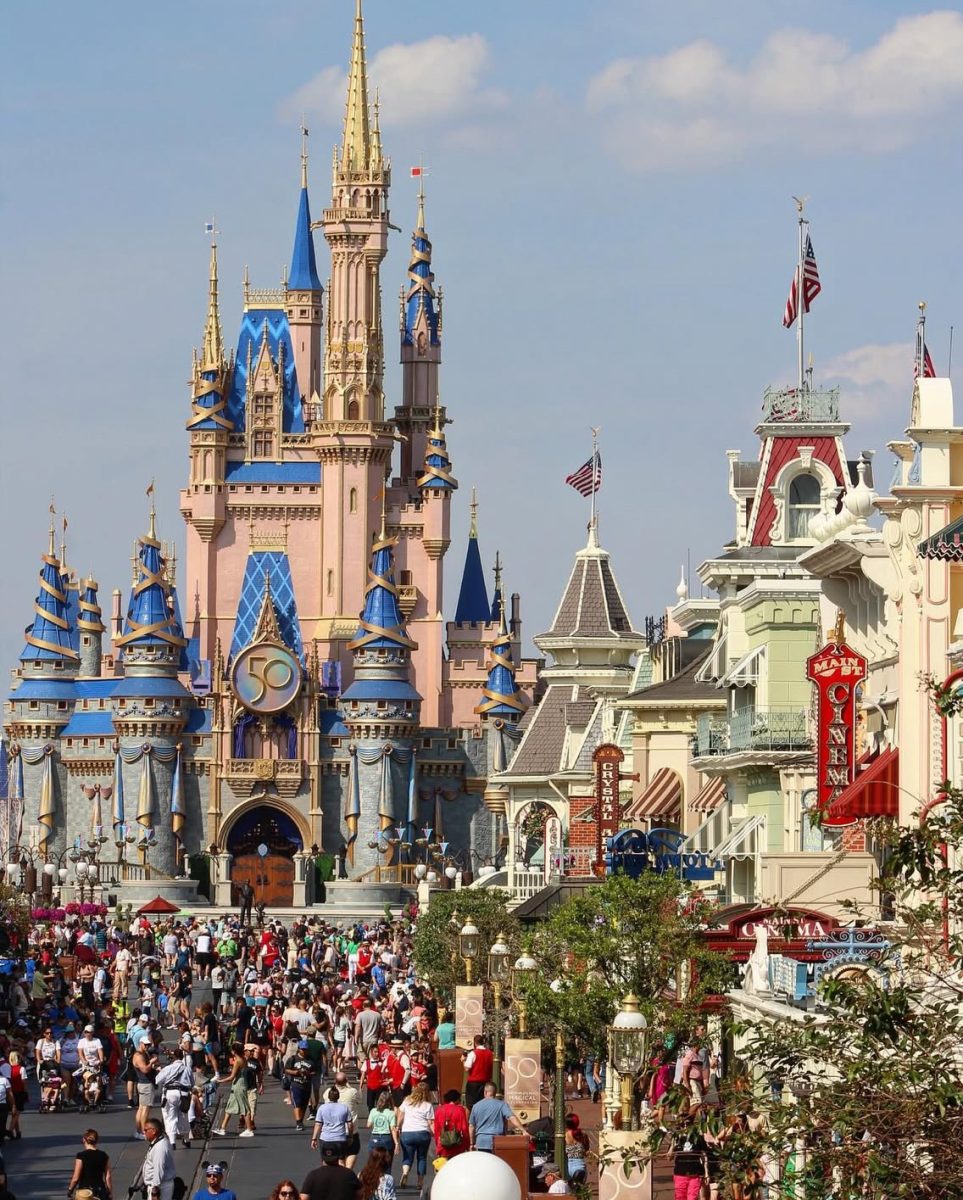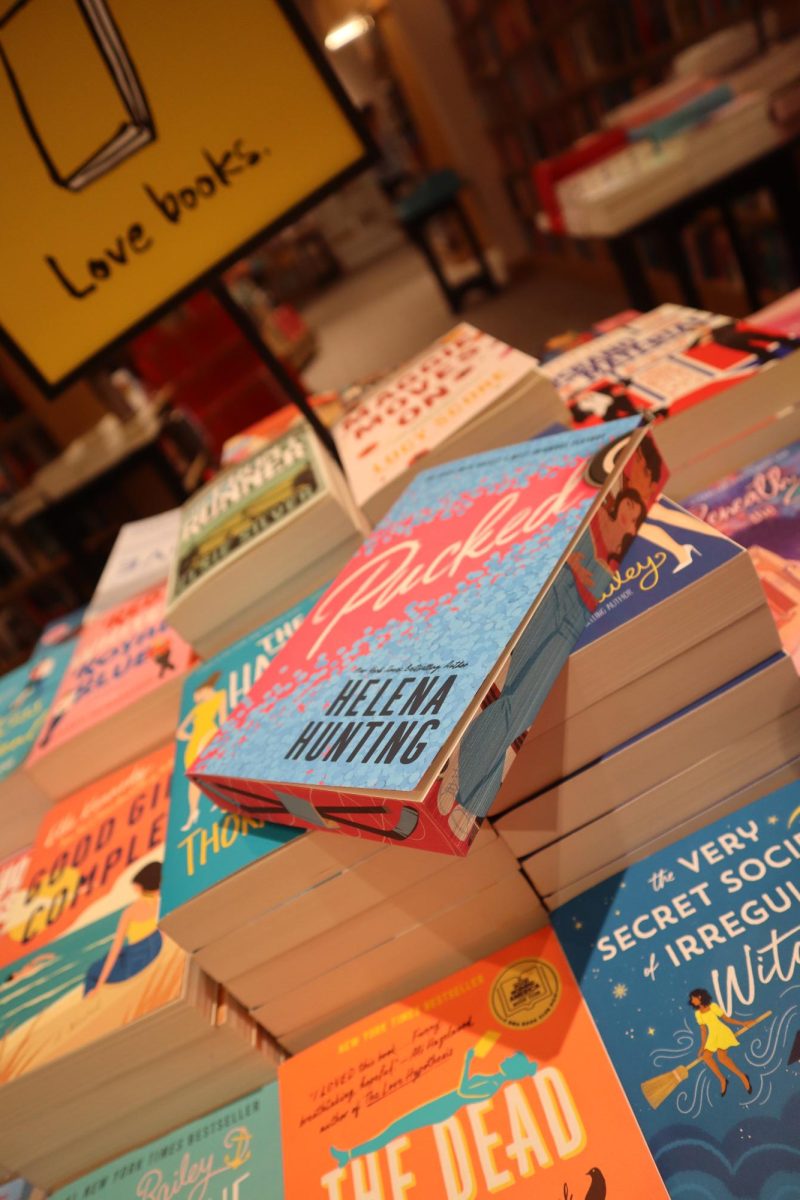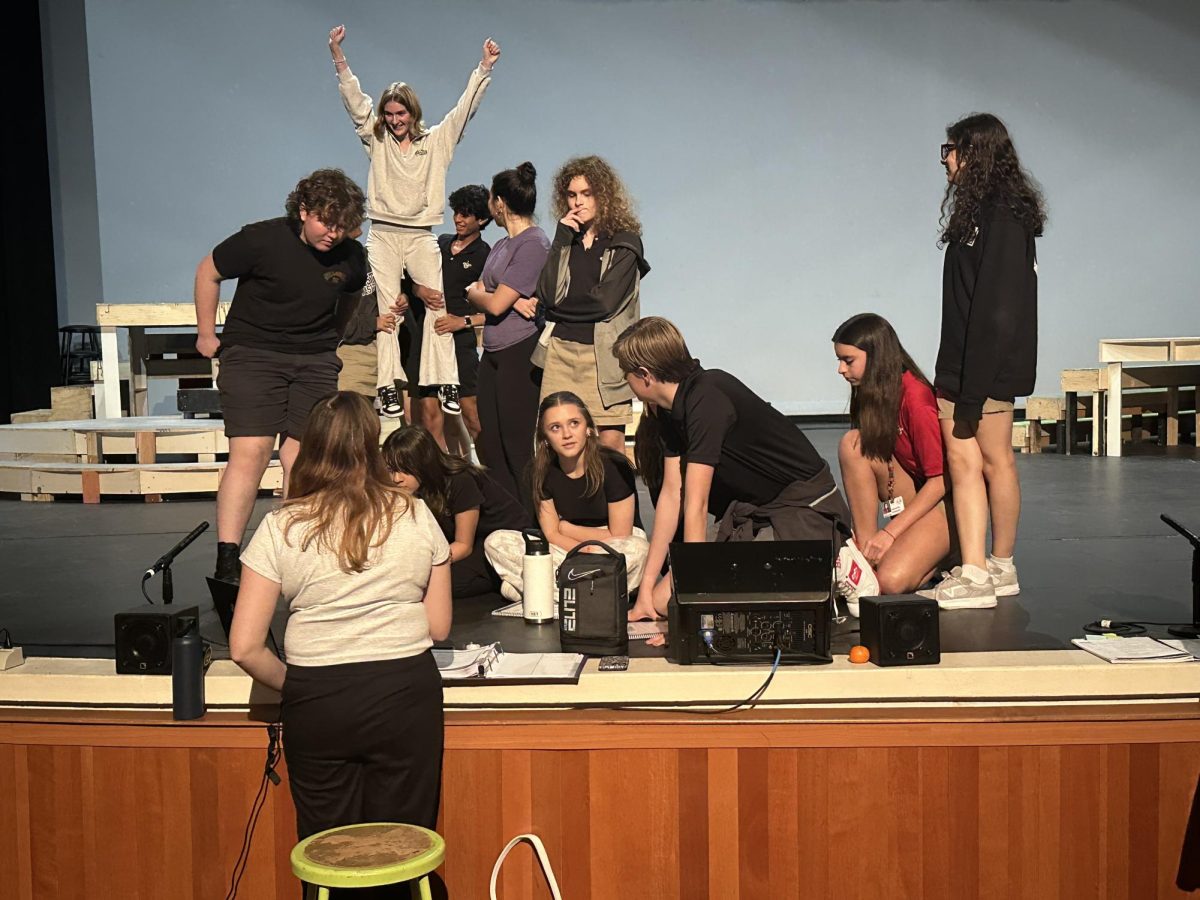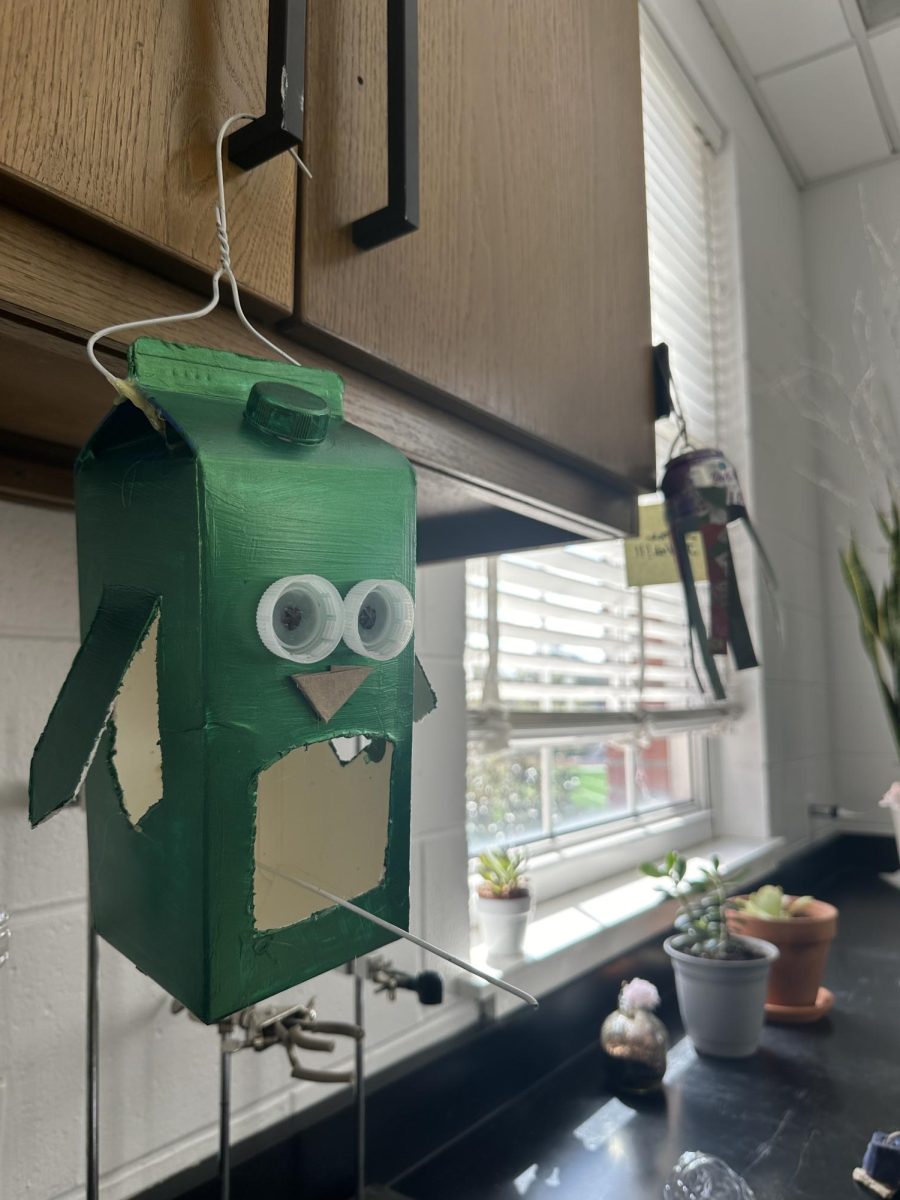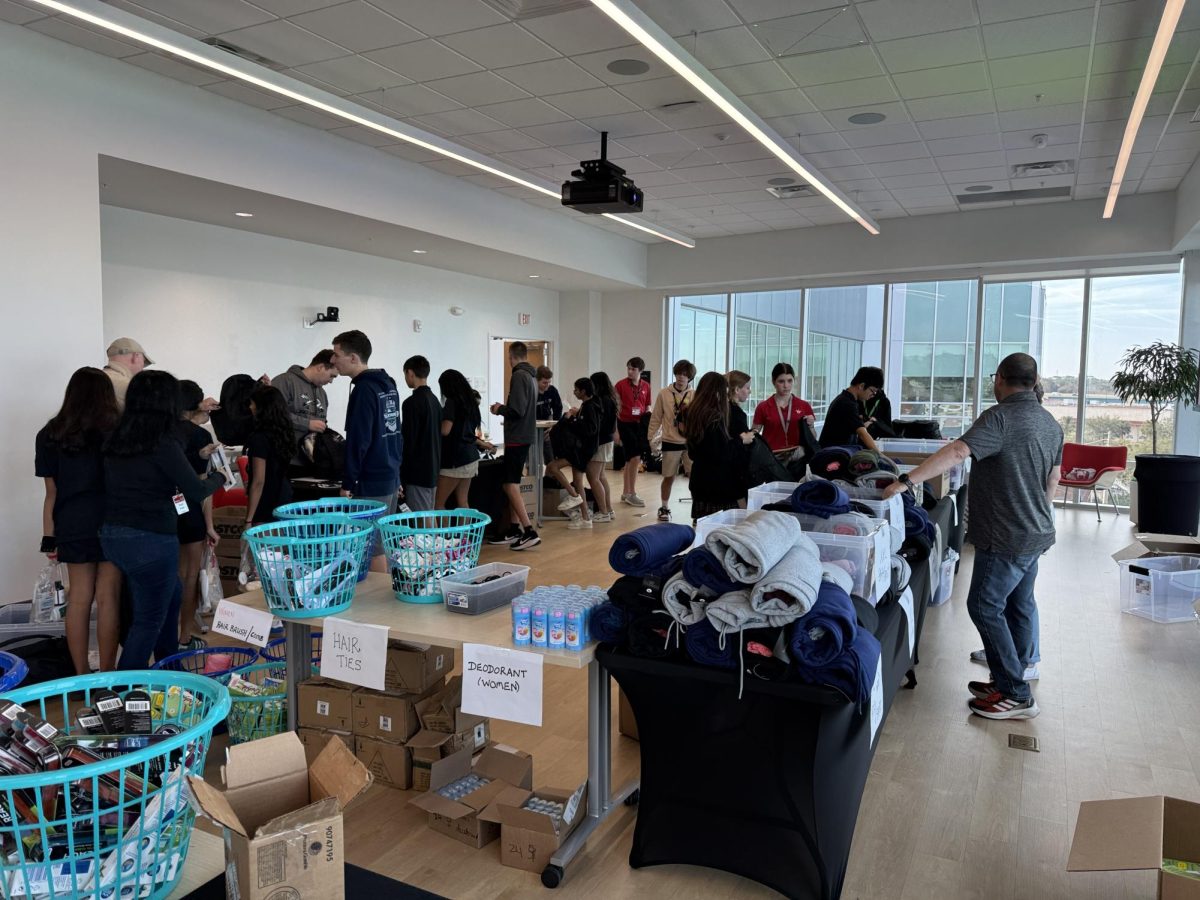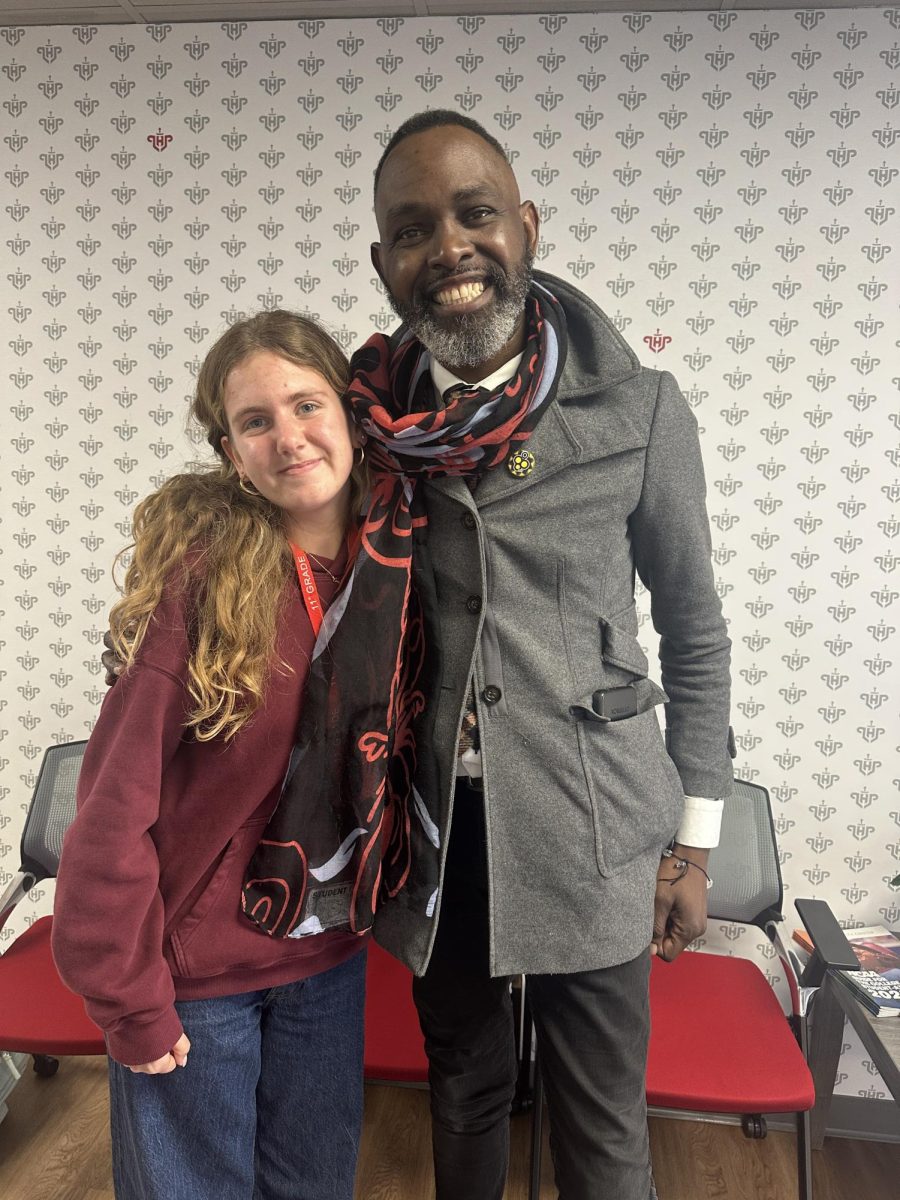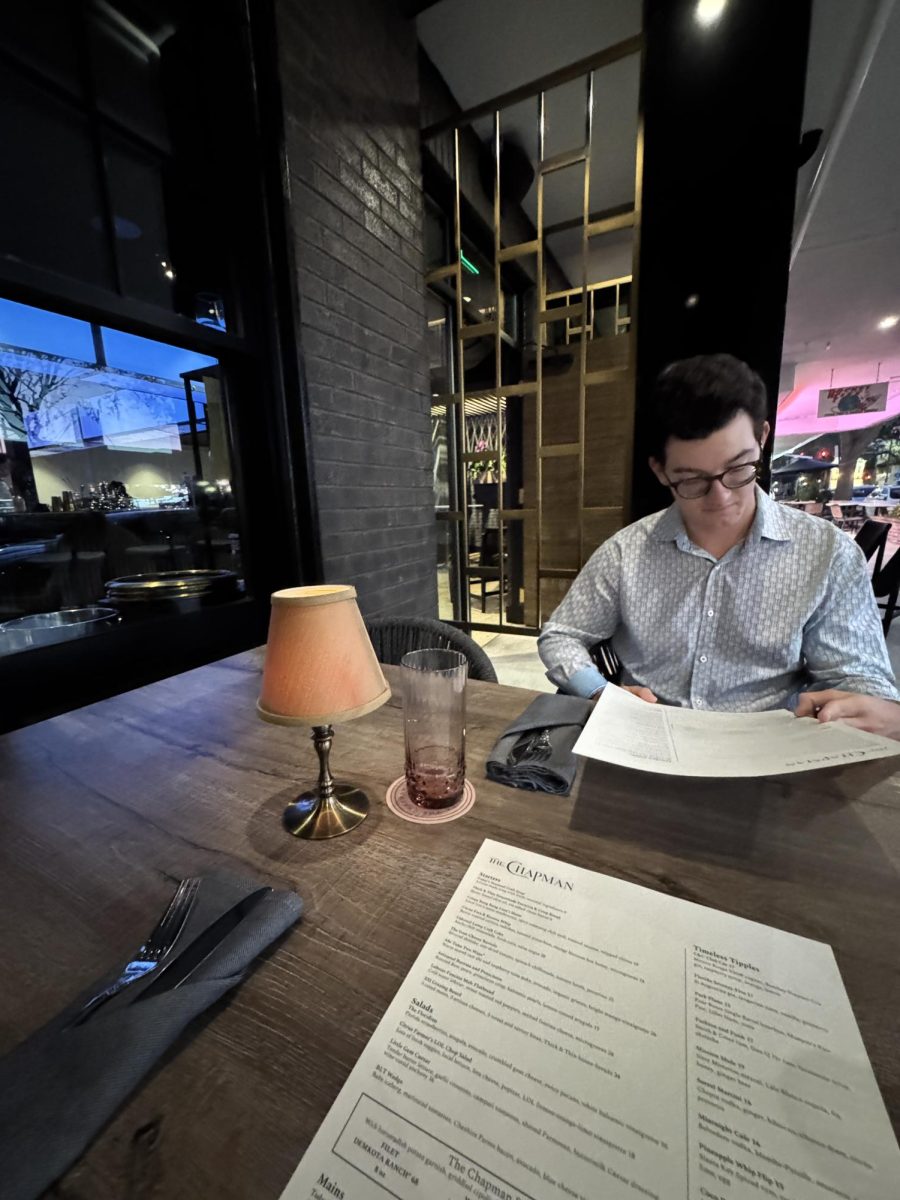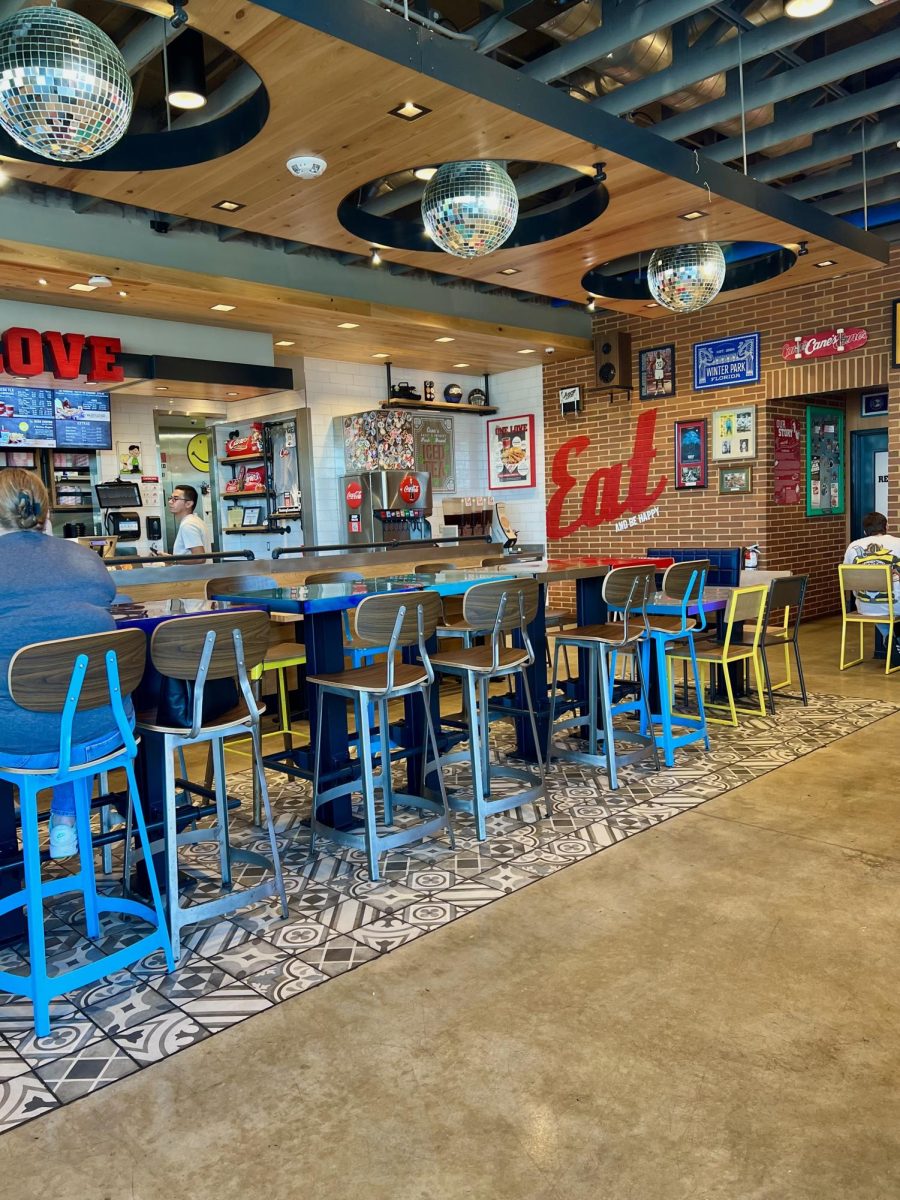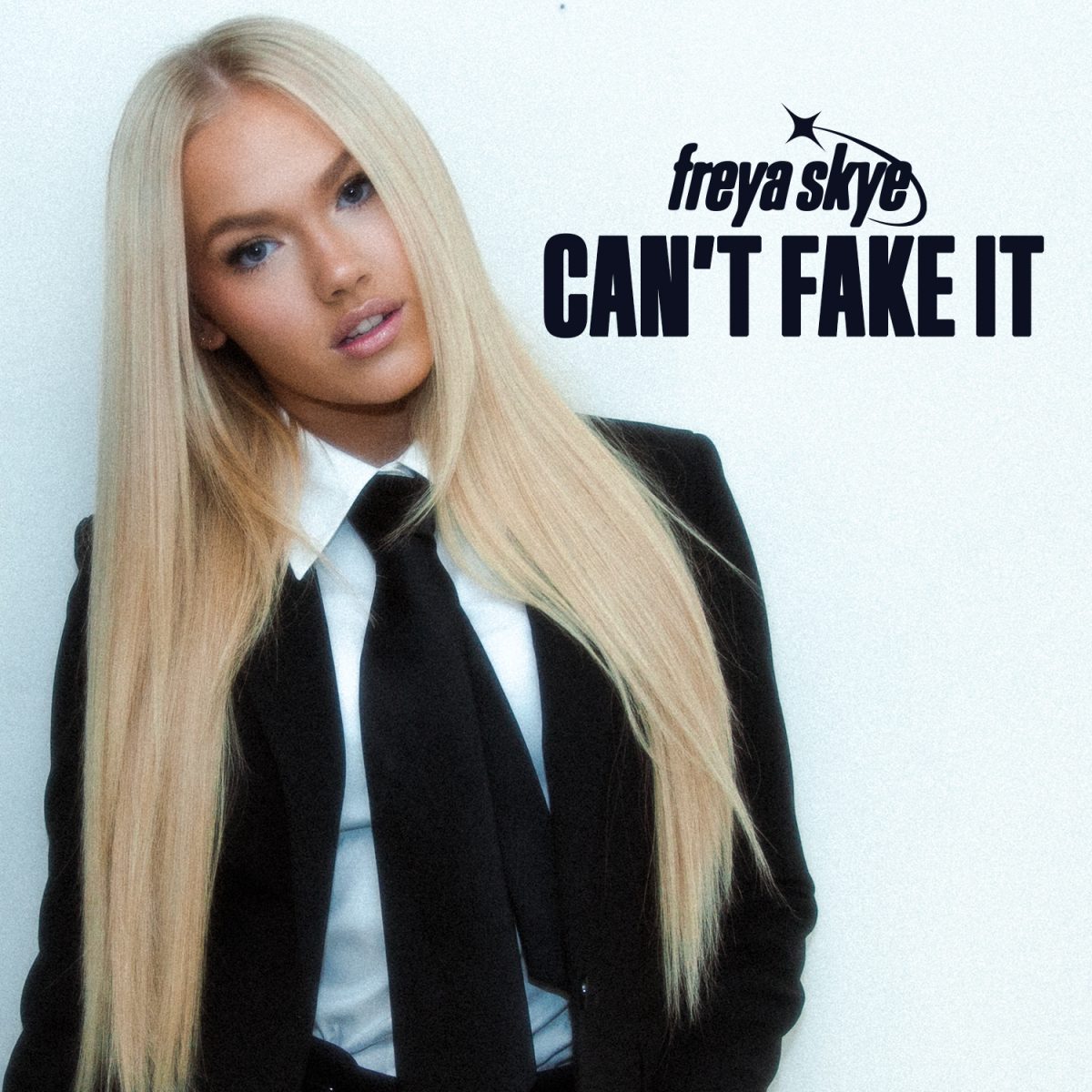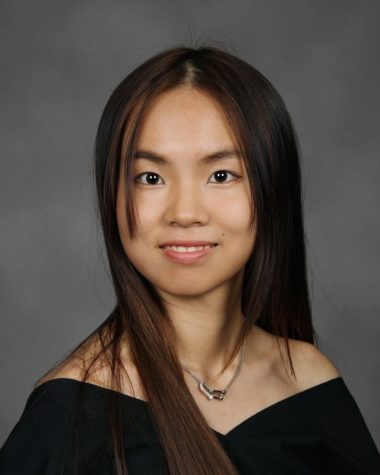AI: One Step Ahead of Regulation
April 11, 2023
It has been almost a century since Alan Turing introduced the concept of Artificial Intelligence. Technology nowadays has advanced to the next level. Artificial Intelligence can currently approach or reach the level of humans in areas such as natural language understanding and image comprehension. We already foresee a new productivity revolution in the use of AI technology, and there is a strong will and original motivation to develop it. This motivation also has a philosophical dimension. Strong Artificial Intelligence is a “re-enactment” of God’s creation of man, except that people are never God. The ethics of Artificial Intelligence are more a reflection of the many ethical issues that humans face in making intelligent machines, rather than just programming ethical norms for artificial intelligence.
Whenever disruptive new technologies emerge, it is difficult to avoid friction with the legal system even though new technologies have many benefits. It has been less than two years since AI-generated image technology became popular with the public, and it has since undergone rapid iterations that have turned the world upside down. While users have been treated to a tidal wave of AI sweeping the world, major commercial companies are fighting over copyright ownership of AI-generated images.
Earlier this year, several artists filed a class action lawsuit against Stable Diffusion and Midjourney, arguing that the AI tools and their users violated their rights by using large amounts of copyrighted source material in AI training. Commercial gallery Getty Images has also filed a lawsuit against Stable Diffusion and Midjourney, claiming that these AI-generated algorithms use millions of high-quality photos provided by their platform, which allegedly constitutes copyright infringement. Both lawsuits are currently pending and neither has yet reached a conclusion. However, the U.S. Copyright Office has recently issued a ruling on the subject of AI copyright disputes, signaling that an official U.S. body has taken a position on AI copyright issues.
In the copyright registration of Kristina Kashtanova’s comic book Zarya of the Dawn, which used some of the illustrations created by Midjourney, the U.S. Copyright Office had previously accepted the registration, but sent a 29-page letter to Kristina Kashtanova’s lawyer the other day saying that it was withdrawing copyright protection for the Midjourney section. The U.S. Copyright Office explained in the letter, “We confirm that Ms. Kristina Kashtanova is the author of the textual portion of the book and some of the graphic content, and that this portion will be protected by copyright. However, the images generated by the Midjourney technology are not the product of human authorship.” The U.S. Copyright Office believes that the textual instructions users enter into the AI are suggestions rather than commands, so using the AI to generate images is similar to hiring an artist to help drawing.
Furthermore, the U.S. artist community is not the only victim on the global stage. In Japan, most artists avoid discussing AI-related issues for fear of being branded as opposed to human technological development. They hate AI, but have to avoid suspicion and keep their mouths shut. Earlier this year in Seoul, Korea, the police arrested a man on suspicion of distributing false images and threats. The arrested man used Deepfake technology, an AI-based technique that synthesizes media, to synthesize sensitive video with the victim’s photo to blackmail her. Seoul police traced his IP address and found that the man was a high school student who lived in the same block of apartment as the victim.
A common view among the pro-AI art community is that AI-generated drawings are efficient and can provide more inspiration to assist the artist. Many design jobs on the market require a quick drawing tool method like AI to provide designers with inspiration. Unfortunately, they clearly underestimate the potential of AI. Currently, an AI image-generated tool Controlnet already combines three computer vision technologie. It extracts the structure of objects in an image, provides line drawing, and mimics depth of field. Thus, it can not only replicate images, it can also mirror the structure of source photos to produce realistic results. This means that the significance of AI aided drawing for designers and painters is completely lost. Controlnet can completely replace manual drafting and directly generate a final result.
Art was considered the last bastion for humans to combat machines. We witnessed in 2017, AlphaGo Master defeat the Go World Champion Ke Jie with a 3-0, and six years later, humanity’s proudest domain, art, is under AI’s invasion. When we look back at the history of art, from Primitive to Contemporary art, and from fresco to digital painting, every chapter is filled with revolutionary innovations and aesthetically charged contradictions. And when looking at Artificial Intelligence, as one of the greatest innovations in the century, people anticipated its potential but failed to be constrained themselves. AI technology is already one step ahead of regulation, and at the same time, people’s moral boundaries are being lowered. In the field of art, originality is highly valved. AI steals the very heart of the craft, violating both copyright and the purpose behind the art community.
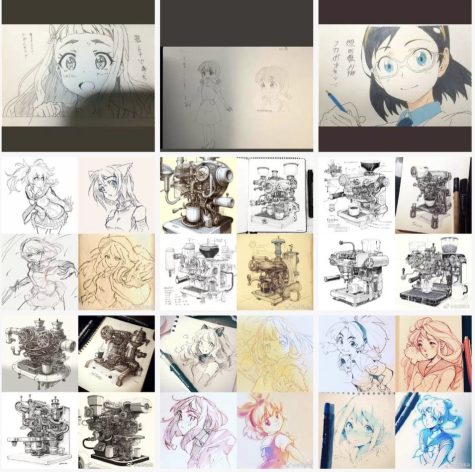
in realistic backgrounds. Compared with artwork hand-drawn by a human artist, it’s almost impossible for one’s naked eyes to distinguish the difference between such realistic brush strokes, paper textures, and shadows cast by lighting. It raises the question: what’s the point of spending hours
drawing, if AI could do it better within just seconds?

